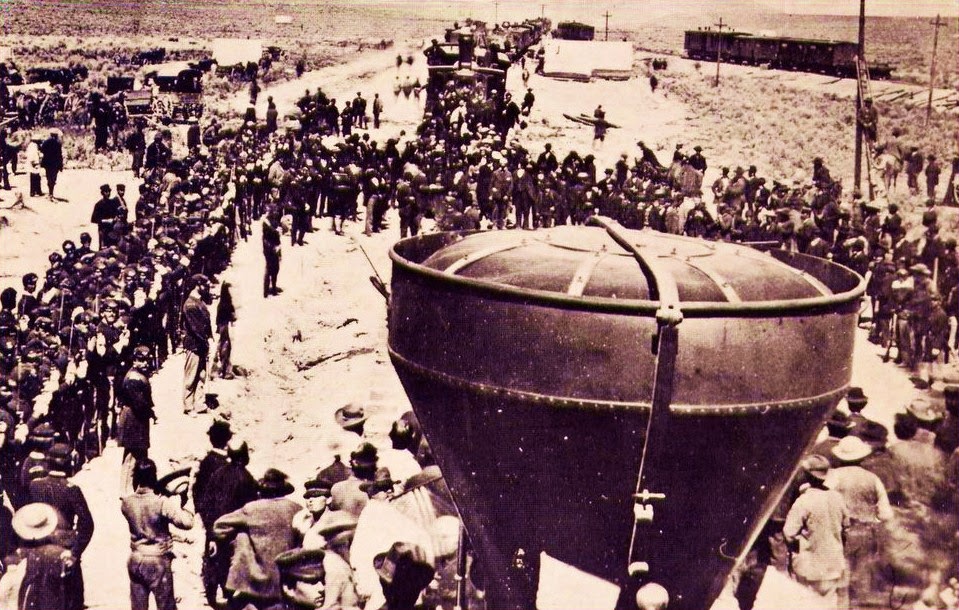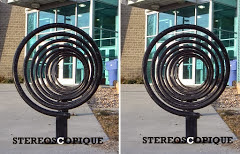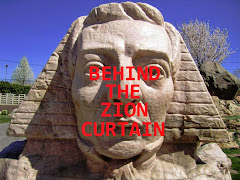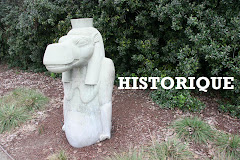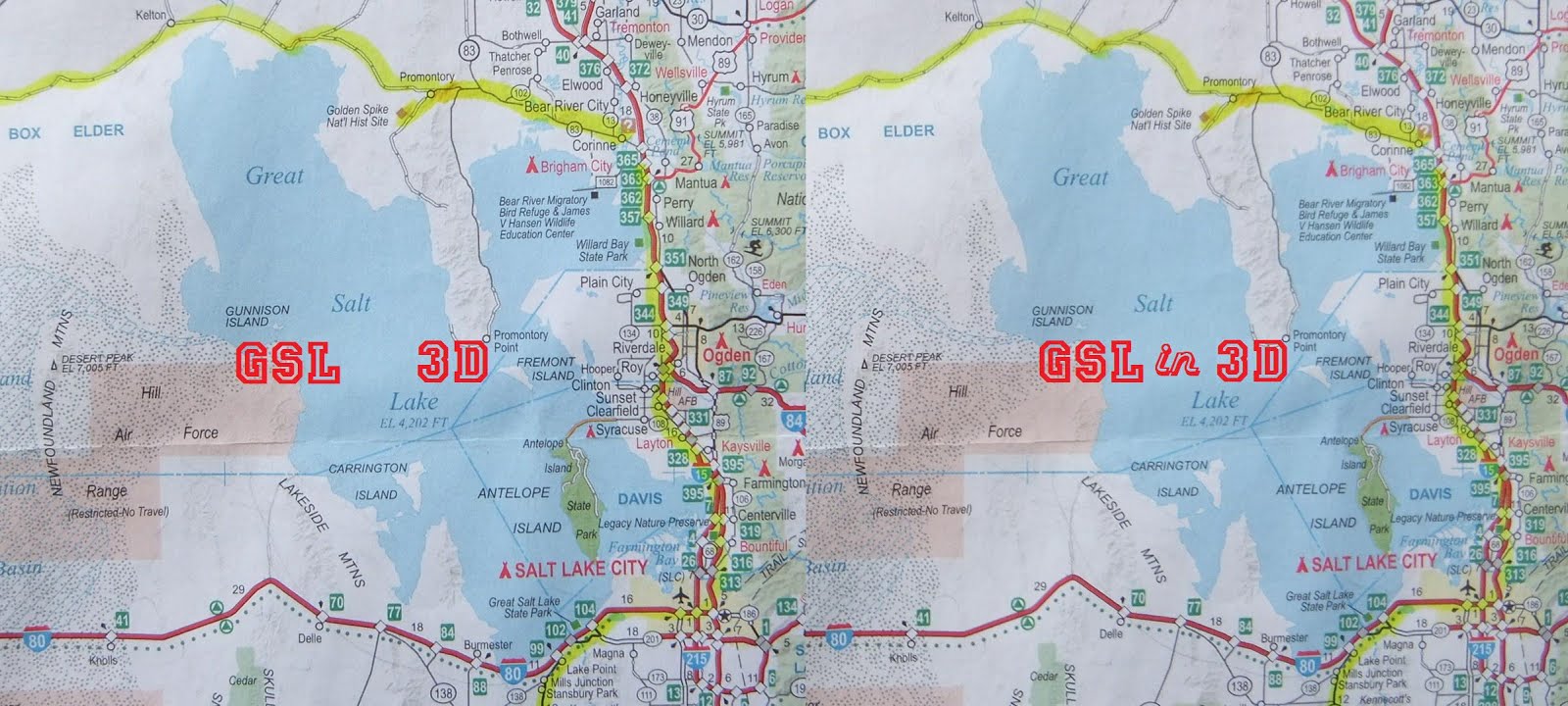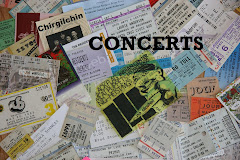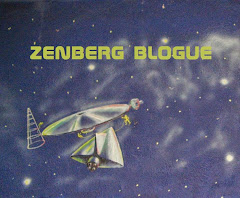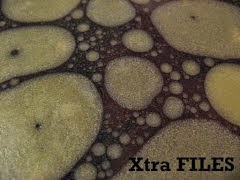This post is the fourth in a series of articles exploring Utah's inland sea. When you see two similar images side-by-side, the photos can be viewed in 3D by gently crossing the eyes until both images become one. It's EZ to see 3D.
Symbols are powerful things. In the past century, the Northern region of the Great Salt Lake has become a place of symbolic significance. Historically, it is the physical spot that linked the United States by rail. The driving of the Golden Spike at Promontory, UT, symbolized the realization of a truly United States.
Today, the telegraph lines are silent and the tracks are empty most of the time except for daily reenactments during tourist season.
Our two and a half hour drive to the Spiral Jetty provided great views of the barren landscape of the Great Basin. Big sky, open road and acres and acres of acres and acres. Suddenly, there was a sign that indicated there was a rocket display ahead. Who can resist a good rocket display? As a former rocketeer, I could not.
The display* was only a couple of kilometers out of our way and turned out to be well worth the excursion... and it felt good to stretch our legs after being couped up in the coup for a couple of hours.

For decades, Thiocol has participated in the development of rockets used militarily and for space exploration.
There are dozens of rockets, engines and parts of all sizes on display and a nice walkway provided so that visitors can browse freely and view them up close.
As we neared the Spiral Jetty, remains of pierworks and oil wells that once operated here could be seen. Oil was found floating on the briny water when pioneers first arrived in the region in the nineteenth century. Under pressure, the black crude oil oozes up through natural fissures and makes its way to the surface. When petroleum became profitable, the region was exploited for a brief time then abandoned due to lack of cost effectiveness and difficult drilling conditions.

A few hundred yards to the west of the oil wells is where Robert Smithson chose to install his spectacular Spiral Jetty.*
The recent drought has lowered the lake to record levels and the receding shoreline is now several hundred feet from Smithson's counterclockwise spiraling earthwork of black basalt rocks. The Spiral Jetty was constructed in 1970 and has become part of the landscape. The landmark only recently reappeared, after spending most of its life submerged.

Smithson selected a symbol that adorns the landscape and taps into man's primordial psyche. The region itself has prehistoric aura and is pretty much the same as it has been since the ancient Lake Bonneville receded to this level twelve thousand years ago.
Sunsets are always spectacular over the Great Salt Lake and really enhanced our trip to the Jetty.
One thing that made a huge impression on us was how silent this place is. The porous basalt rocky terrain in league with an endless shoreline of flaky salt crystals seems to absorb most of the natural ambient sound.
 Visitors should know that there is no place to camp near the Spiral Jetty and there are no restroom facilities there either.
The coordinates for the Rocket Display
41° 39' 32.32" N 112° 26' 27.35" W
Visitors should know that there is no place to camp near the Spiral Jetty and there are no restroom facilities there either.
The coordinates for the Rocket Display
41° 39' 32.32" N 112° 26' 27.35" W
Spiral Jetty Coordinates
41° 26' 15.66" N
112° 40' 08.12 W












